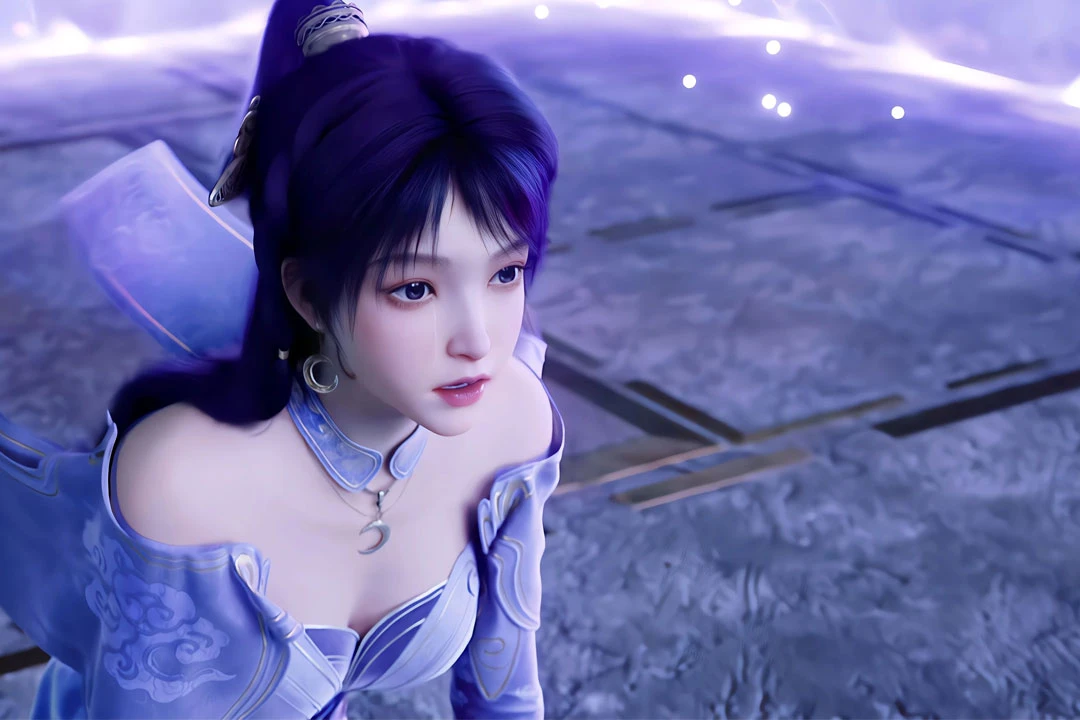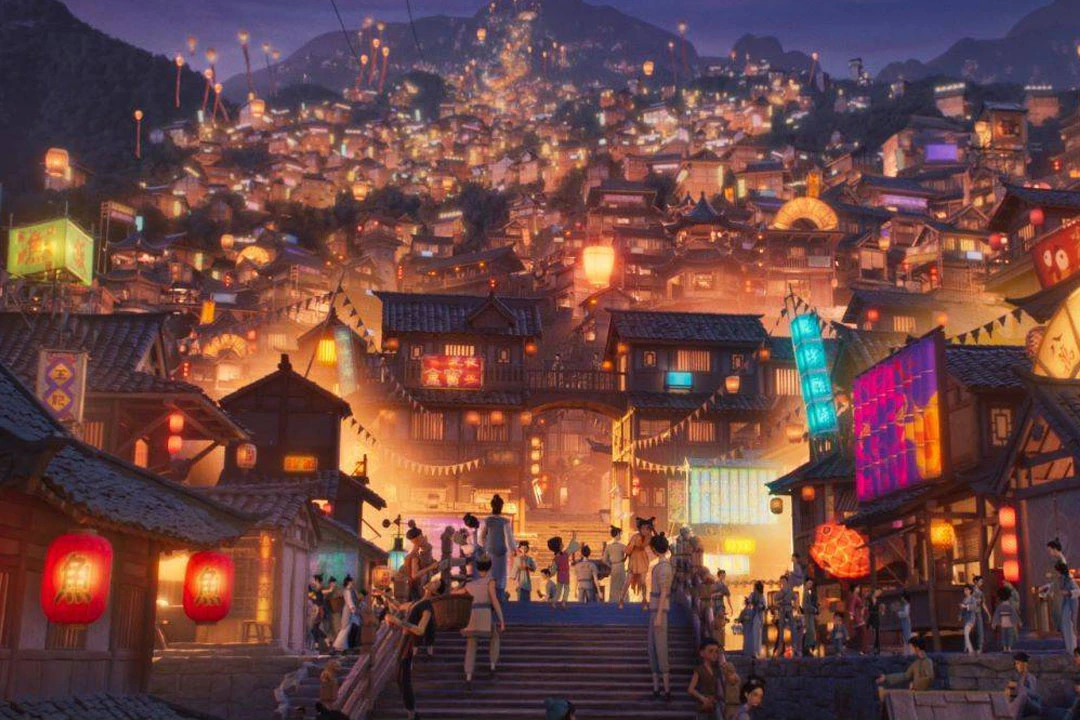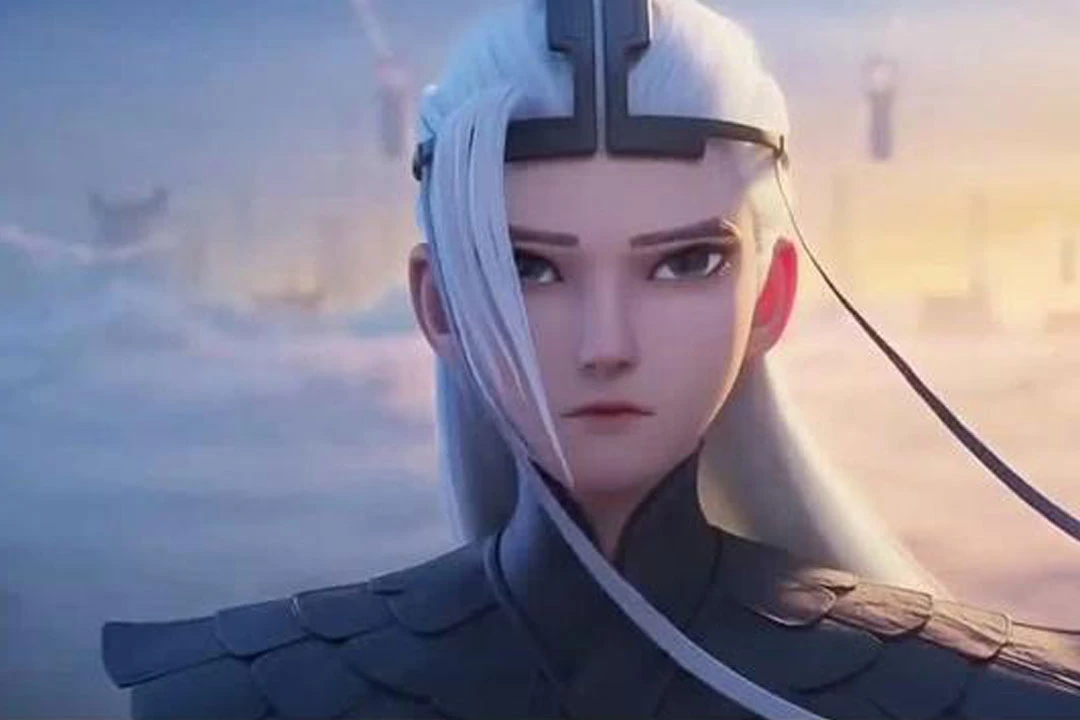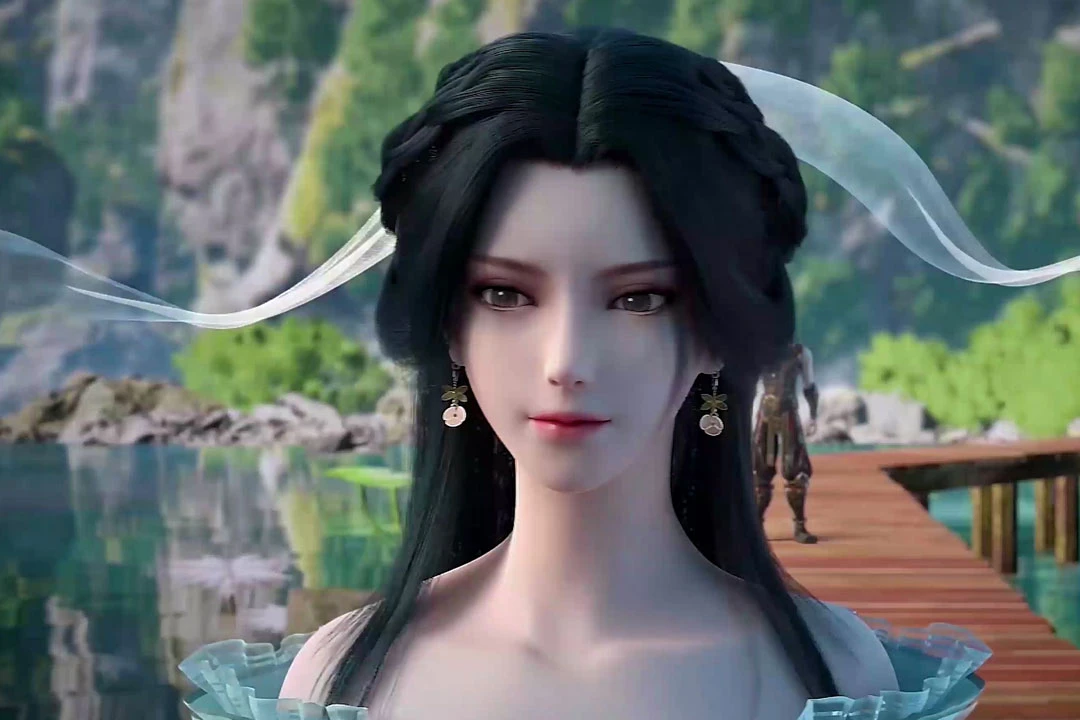On July 9th, the Shanghai premiere of the animated film "Falling into the Dust" (落凡尘) at SHO Shanghai Cinema stirred excitement among viewers and critics alike. For many, it evoked memories of the summer of 2019 when "Ne Zha," (哪吒) a groundbreaking Chinese animated film, set new box office records and redefined the potential of Chinese animation. Could "Falling into the Dust" mark the beginning of another five-year era for Chinese animation?
Drawing inspiration from the folk legend of the Cowherd and Weaver Girl, "Falling into the Dust" tells the story of Jin Feng, a descendant of the Weaver Girl, who descends to earth to tame constellations in a bid to atone for her mother's sins. Unexpectedly, she allies with Xiao Fan, a young girl determined to ascend to the heavenly realm in search of her mother. This narrative not only breathes new life into mythological themes but also integrates modern elements such as bubble tea and hotpot restaurants into traditional town aesthetics, injecting humor and relatability into the storyline.
Director Zhong Ding, an associate professor at Guangzhou Academy of Fine Arts, transformed the film from its origins as a graduate design project into a full-length feature with the help of Bilibili, a prominent online platform in China. Originally a short film created by students from the academy, "Falling into the Dust" garnered nearly a million views on Bilibili and received accolades such as the 2020 Little Universe New Star Silver Award and Best Artwork. Bilibili's involvement helped expand the six-minute creative short into a grand cinematic spectacle spanning nearly two hours.
Transitioning from a short film to a feature-length production posed significant challenges for the creative team, not just in terms of length and scale but also in adhering to industrial production processes. "The experience of making this film over the past five years has been akin to attending another university," reflects Zhong Ding. "It's like a graduation project for me, and I hope to impart these experiences to my students to advance the entire animation industry."
The project involved over 50 top production companies nationwide and engaged more than 2,000 artists. The original score by A Kun, renowned for his work on "The Wandering Earth," underscores the film's emotional depth, resonating with audiences much like the film itself resonates as a quest for "home," akin to the themes explored in "The Wandering Earth."
Despite its visual innovation, "Falling into the Dust" faces questions about the viability of mythological themes in contemporary Chinese animation. Critics have pointed out narrative flaws, such as the rushed resolution of conflicts and conventional plot devices reminiscent of other mythological adaptations like "Jiang Ziya" and "The Legend of Hei."
Addressing these concerns, screenwriter Kang Fu emphasizes the film's departure from Hollywood's superhero storytelling conventions. "Our protagonist isn't driven by the pursuit of power but by simple desires like enjoying a meal with loved ones," Kang Fu explains. Furthermore, the portrayal of the Weaver Girl as a powerful and resilient figure challenges traditional portrayals of female deities, aligning with modern values of empowerment and agency.
Looking ahead, "Falling into the Dust" concludes with a post-credits scene hinting at future installments within a new animated universe titled "Eastern Legends." This series aims to explore various Chinese mythologies, with the next installment focusing on the tale of the White Snake, scheduled for release during the Qi Xi Festival.
Is there still a place for mythological themes in contemporary Chinese animation? According to Liu Chun, associate researcher at the Shanghai Institute of Social Sciences and director of the Shanghai Film Critics Society, the key lies in innovation. "While exploring mythological universes is worthwhile, it's essential to inject fresh perspectives and blend genres to resonate with modern audiences," Liu Chun suggests. He advocates for a balance between traditional storytelling and contemporary interpretations, highlighting the potential for Chinese animation to distinguish itself globally through narratives rooted in Eastern wisdom and cultural richness.
"Falling into the Dust" may not revolutionize Chinese animation as "Ne Zha" did, but it marks a significant step forward in the industry's evolution. With its blend of traditional aesthetics and modern storytelling, the film stands as a testament to China's growing prowess in animation and its ongoing quest to redefine mythological narratives for contemporary audiences worldwide.
From Short Film to Major Production
Despite its narrative and thematic ambitions, "Falling into the Dust" faces the challenge of standing out in a crowded market where over 20 animated films are vying for attention during the summer season, half of which are domestically produced. The question remains: can the next blockbuster emerge from this lineup?
The transition from a short student film to a major cinematic production reflects not only the growth of individual creators but also the maturation of China's animation industry as a whole. Director Zhong Ding's journey from academia to mainstream cinema symbolizes this evolution, where creative talents are leveraging platforms like Bilibili to expand their reach and transform innovative ideas into compelling visual narratives.
Moreover, the collaboration with Bilibili underscores the role of digital platforms in nurturing and promoting original Chinese animation. Bilibili's influence in curating content and engaging a dedicated fan base has become instrumental in the success of projects like "Falling into the Dust," facilitating a broader cultural impact beyond traditional theatrical releases.
The critical reception and box office performance of "Falling into the Dust" will ultimately determine its legacy in Chinese animation. While early reviews highlight its visual flair and thematic depth, criticisms regarding narrative coherence and formulaic storytelling underscore the ongoing challenges facing creators in balancing artistic ambition with audience expectations.
Eastern Legends' and the Legacy of Chinese Animation
Looking ahead, the establishment of the "Eastern Legends" universe promises further exploration of Chinese mythology, potentially paving the way for more diverse and culturally resonant narratives in future animated films. This initiative not only aims to captivate domestic audiences but also to attract international viewers by showcasing the richness and complexity of Chinese cultural heritage in a globally accessible format.
In conclusion, "Falling into the Dust" represents a significant milestone in China's animation industry, blending traditional folklore with contemporary storytelling techniques to create a cinematic experience that resonates with modern audiences. As the film industry continues to evolve, fueled by technological advancements and creative innovation, the future looks promising for Chinese animation to carve its niche on the global stage.
As viewers anticipate the next chapter in the "Eastern Legends" series and other forthcoming animated releases, the legacy of "Falling into the Dust" will be remembered not only for its visual splendor but also for its contribution to redefining the boundaries of mythological storytelling in contemporary Chinese cinema.




